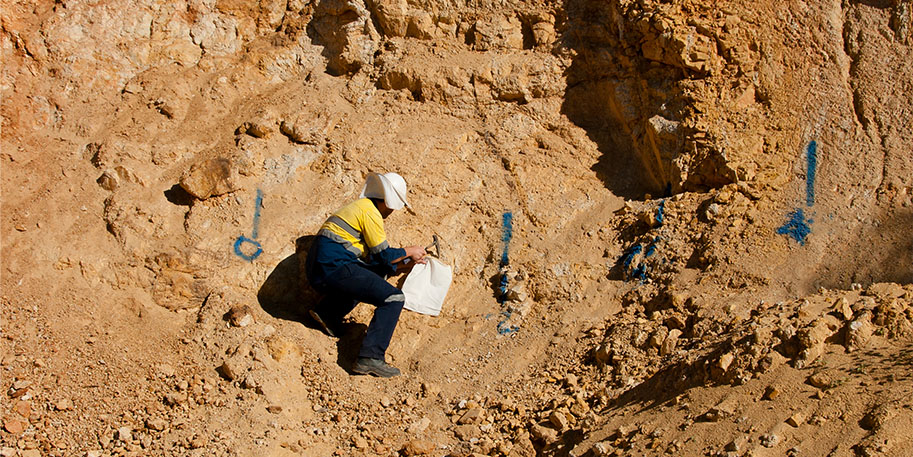Based on the latest information from various salary sources, the median earnings for mining professionals in Australia is $2,649 per week, according to Jobs and Skills Australia, using a 2025 ABS Labour Force Survey. This is significantly higher than the median across all industries, which stands at $1,700 per week.
This is about $137,748 annually for the median mining worker (based on a 52-week year), making mining one of the highest-paying industries in Australia.
Minerals Council of Australia (MCA) reports
The Minerals Council of Australia, the industry’s peak body, has consistently highlighted mining’s position as a high-wage sector:
According to MCA analysis of ABS data, “Australian mining pays more on average than any other industry ($144,000 a year)” and “99 percent of mining workers earn above-award wages and conditions”.
MCA reports from 2023 showed that “median weekly earnings for mining workers were $2,325 in 2020, double the median for all industries ($1,150)”. With typical annual increases, this aligns with the more recent figures reported by Jobs and Skills Australia for 2025.
AusIMM salary findings
AusIMM, the peak body for resources professionals, conducts regular remuneration surveys:
Their 2021 survey found that “84 percent of resource professionals are on base salaries over $90,000 and 60 per cent also have additional bonus components”.
AusIMM data confirmed that “the resource sector continues to dominate as one of the highest paying employers in Australian statistics”.
The mining industry’s position as one of the highest paying employers in Australia means companies face intense competition for talent. Regular salary benchmarking (at least annually) is essential to remain competitive, especially when targeting experienced professionals.
Curious to learn what salary benchmarking is? We cover that topic in this article.
Employment structure and job security
Beyond just high wages, the mining industry offers strong job security:
MCA data shows that “88 per cent of mining workers are permanent and 96 per cent are employed full time”.
Even casual employees in mining earn well, with “median weekly earnings of $2,109 in 2020, which was 42 per cent higher than the median for full-time permanent employees across all industries ($1,486)”.
The high wages reflect the industry’s continued growth and economic importance.
Recent growth continues, with employment in the mining industry growing “by 10,300 (or 3.3%) over the last year” to February 2025.
Salary variations by role and experience
Earnings vary significantly by role and experience level:
In the same survey, the AusIMM data revealed that “the peak in earning for the average professional was between the ages of 40-60 years, with a slightly lower proportion of younger (18-30 years) and older (60+ years) earning more than $180,000”.
Senior professionals and those in leadership positions make up a significant portion of the workforce, with Level 3 senior professionals accounting for “more than one-third” (36.7%) and Level 4 leaders responsible “at a management level” making up more than half (53.5%) of AusIMM professionals.
Based on the most recent data available, the median annual salary in the Australian mining industry is about $137,748. Higher-level professionals and those with specialised skills can earn significantly more, often exceeding $180,000 annually.
Mining remains one of Australia’s highest-paying industries, with salaries significantly above the national average for most roles. The combination of base salary, allowances, and potential bonuses makes mining particularly attractive from a compensation perspective.
The data shows that even entry-level mining positions typically start at six figures, making it an attractive industry for those without tertiary qualifications but willing to work in remote locations and challenging conditions.

